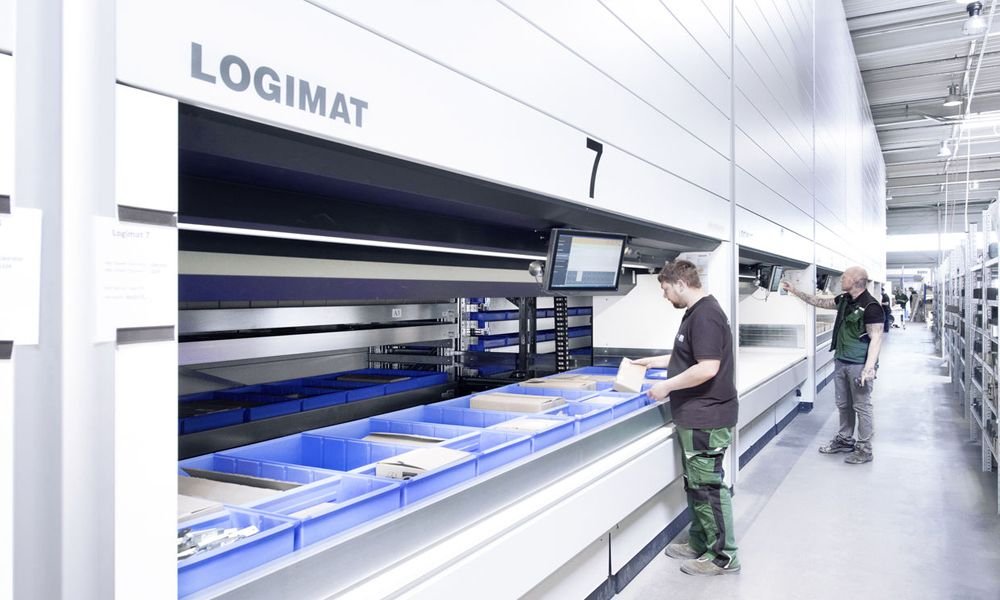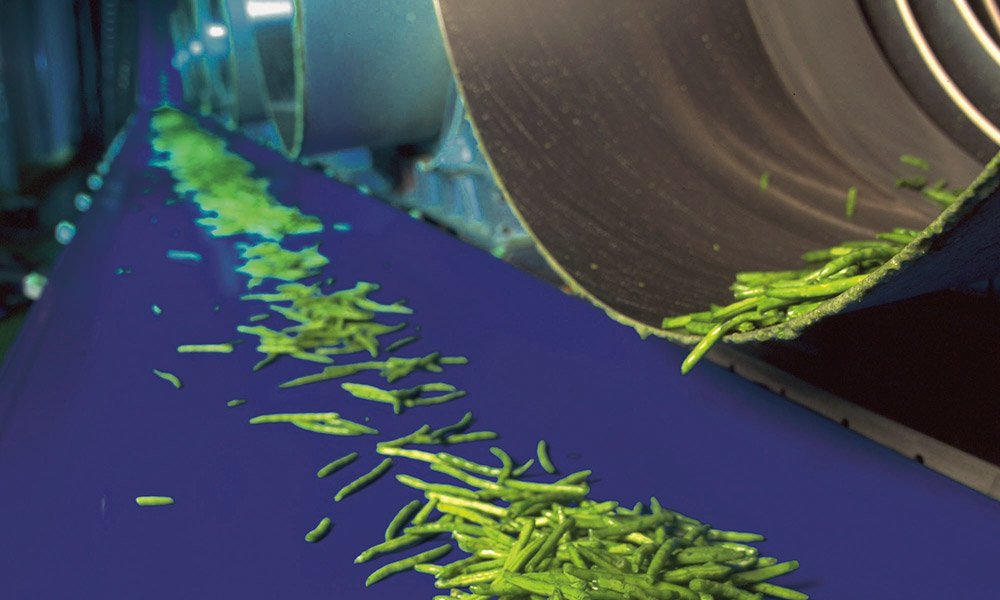In the Food Industry, nothing is more important than Food Safety. Contamination can lead to product recalls and loss of public confidence in your brand. Ammeraal Beltech has been a leader in belting solutions for the Food Industry, promoting Food Safety. Now, we’ve added the brand new Dectyl range of Metal Detectable Synthetic Belts and accessories to drastically reduce their foreign bodies!

How accurate any metal detectable system is, depends on many factors, including the composition of the food product, conveyor belt speed, belt surface vibration, the type of detector used and how it’s been calibrated. The new Dectyl belt range comes with a unique set of test cards so that the minimum detectable size of a Dectyl belting part for any system can be determined under real working conditions.
Ammeraal Beltech is one of the world’s leading names in lightweight process and conveyor belting. An industry leader in both R&D and in its global service platform, Ammeraal Beltech designs, manufactures, distributes and maintains high-quality process and conveyor belts for a diverse range of applications covering nearly every major industry.





